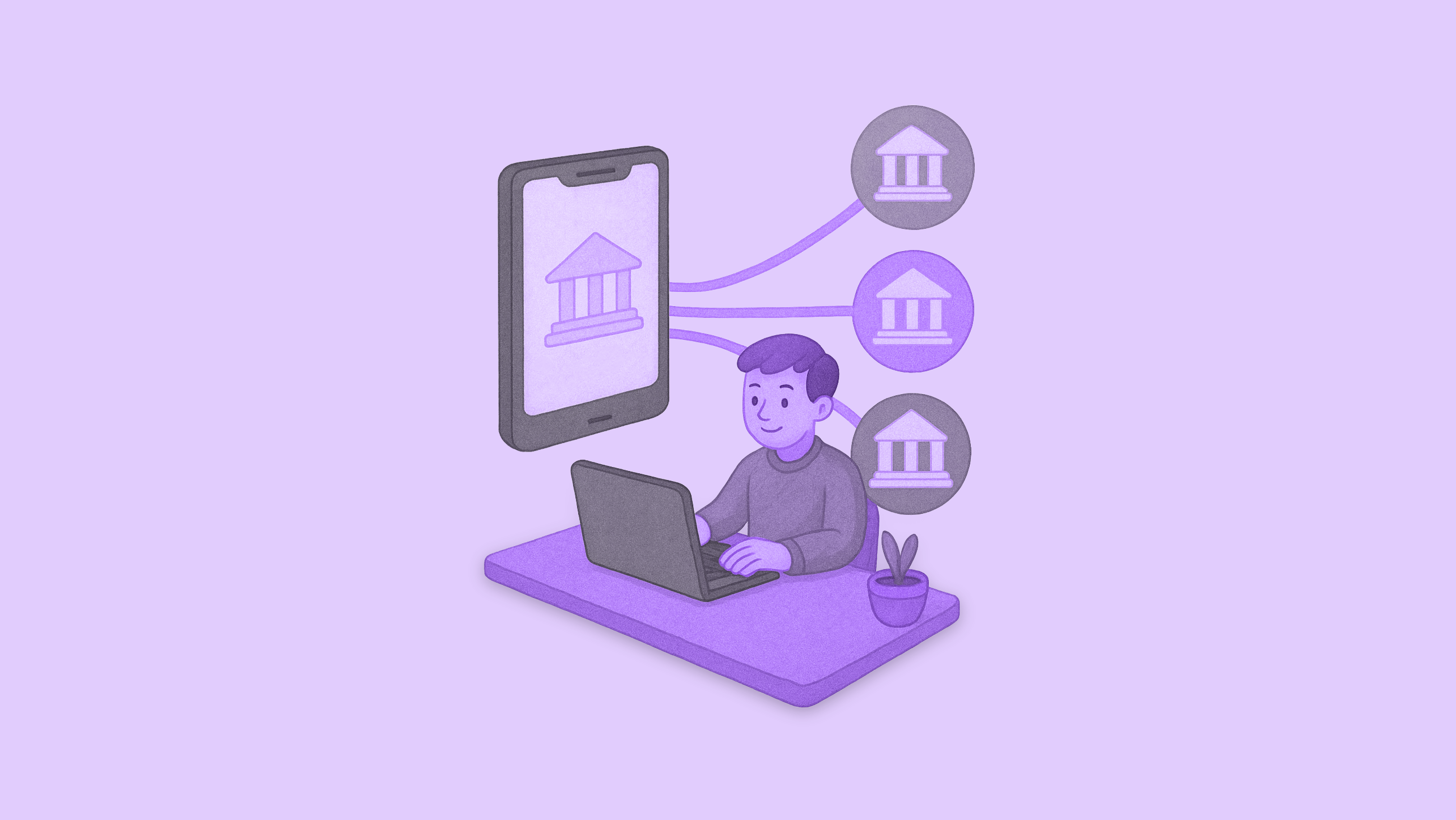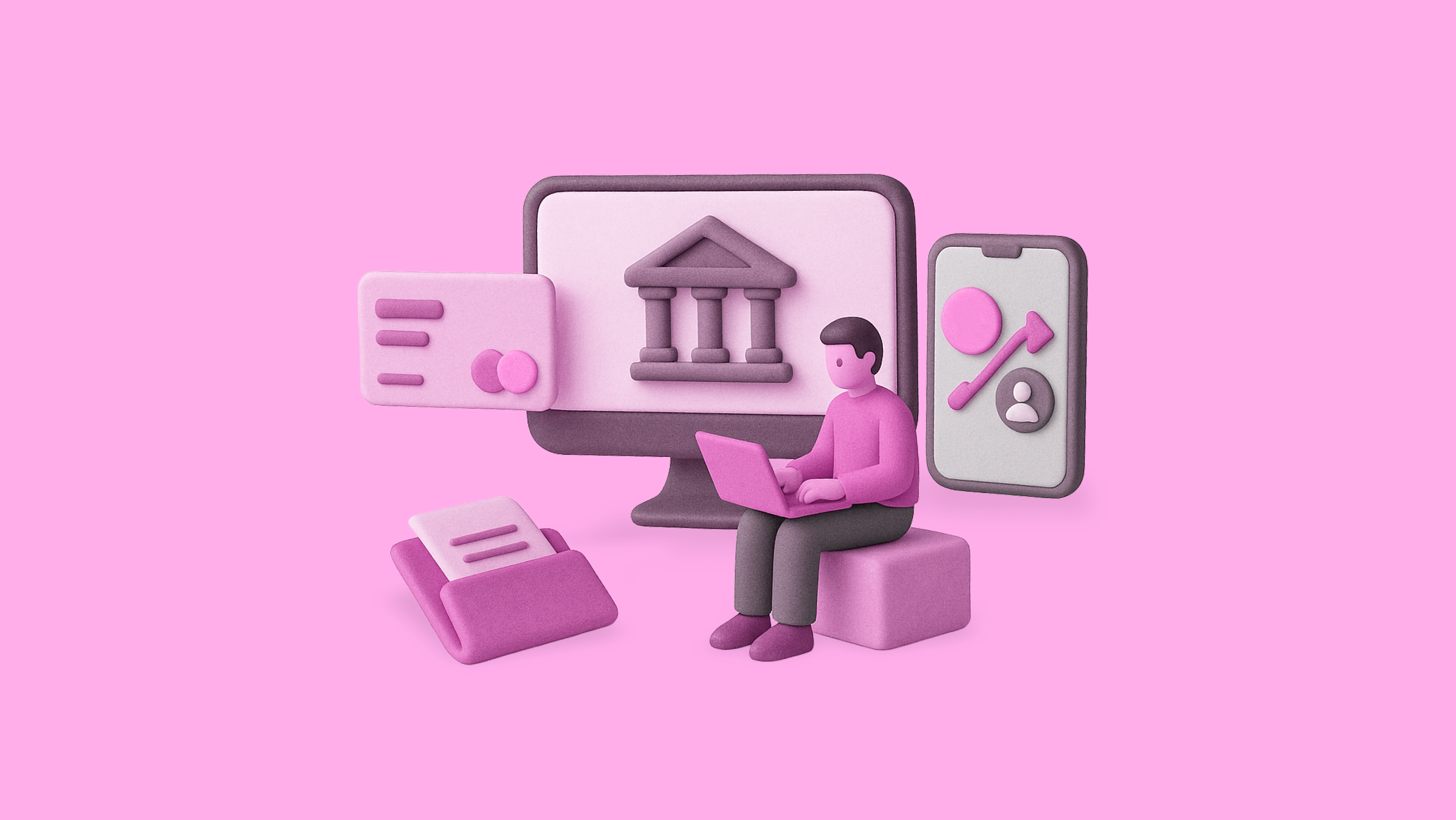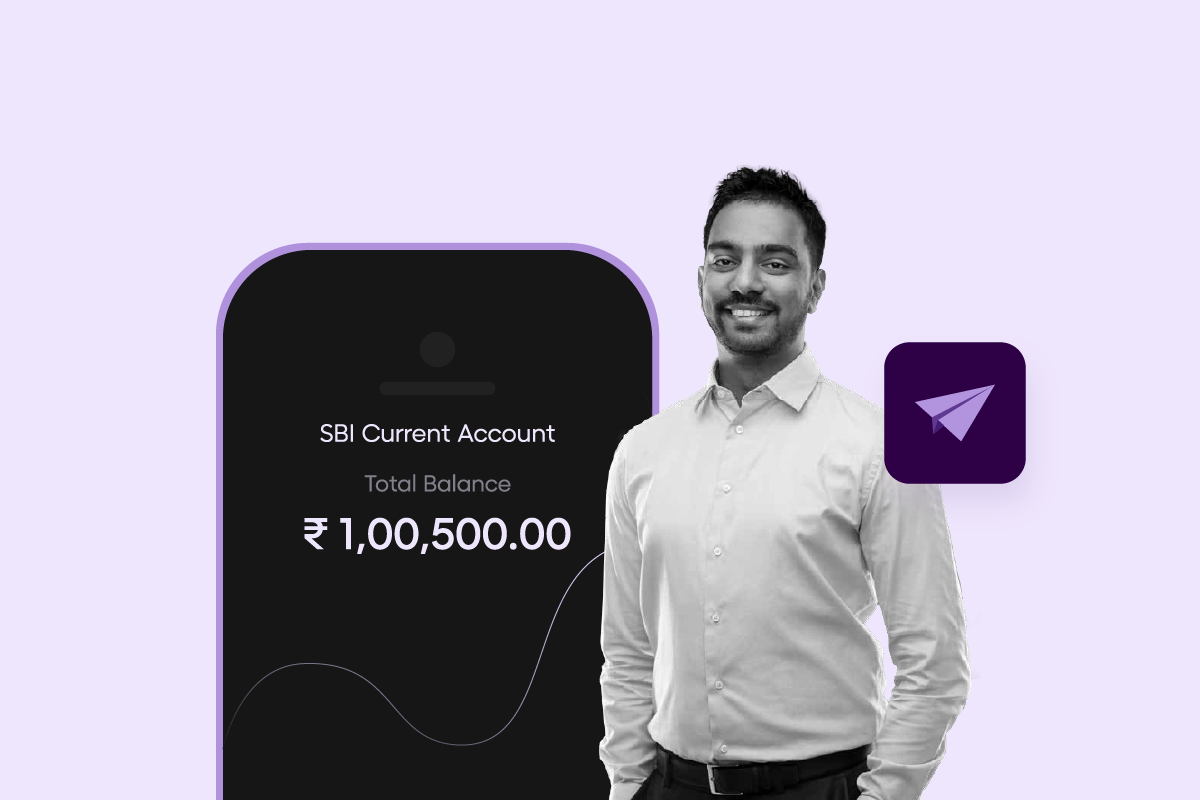For many small businesses, managing money is one of the toughest parts of running a company. Keeping track of multiple accounts, reconciling payments, and managing vendor or customer transactions can take up hours each week. When these tasks are handled manually, it often leads to errors, missed payments, and delayed decisions.
That’s where connected banking solutions for SMBs come in. They simplify how small businesses handle their finances by bringing everything—banking, accounting, and payments- into one system. Instead of switching between spreadsheets, portals, and statements, business owners can now monitor and manage their entire financial activity in one place.
What Connected Banking Really Means
Connected banking solutions for SMBs are designed to create a single, unified financial ecosystem. They integrate a company’s banking operations with its accounting and payment systems. This means a business can view real-time balances, track invoices, and process payments without manual data entry.
In traditional banking, reconciliation between bank transactions and accounting records usually happens at the end of the week or month. With connected banking, this happens automatically. Every time a payment is received or made, it reflects instantly across the linked systems.
These systems work through secure APIs that connect banks with accounting tools and payment platforms. It’s part of the growing move toward digital banking for small businesses—where efficiency and control come from technology that works quietly in the background.
Why Connected Banking Matters for Small Businesses
For small businesses, time and accuracy matter as much as revenue. Connected banking helps in both areas by reducing manual work and providing real-time insights.
When all accounts and payment data are connected, business owners can see their cash flow position instantly. They no longer need to wait for bank statements or spend hours reconciling accounts. This visibility allows them to make faster decisions, whether it’s planning a purchase, approving vendor payments, or managing collections from clients.
Digital banking for small businesses also means greater flexibility. Transactions can be initiated, tracked, and verified anytime using secure mobile and web platforms. This ensures financial operations continue smoothly even when teams work remotely or manage multiple locations.
Key Benefits of Connected Banking Solutions for SMBs
1. Unified View of Finances
Connected banking brings all accounts, payments, and transactions together in one place. Businesses can check balances, monitor payables and receivables, and track spending without moving between apps. This consolidated view saves time and reduces the chances of missing critical updates.
2. Faster Reconciliations
Business cash flow automation is one of the biggest advantages of connected banking. It removes the need for manual reconciliations by automatically matching bank entries with accounting records. This not only saves time but also improves accuracy, helping businesses close their books faster.
3. Secure and Compliant Transactions
Connected banking relies on encrypted APIs and verified access points. This ensures sensitive financial data stays secure. Many connected platforms also follow regulatory standards such as PCI DSS and data protection guidelines, making them reliable for small businesses that handle multiple payments daily.
4. Smarter Cash Flow Management
With real-time visibility into incoming and outgoing payments, businesses can manage working capital more efficiently. Business cash flow automation allows them to predict shortfalls early, schedule vendor payments, and follow up on overdue invoices on time.
5. AP and AR Integration with Banking
Accounts Payable (AP) and Accounts Receivable (AR) integration with banking is another major benefit. When payment and collection systems are connected to bank accounts, every transaction syncs automatically. This improves financial accuracy and reduces the need for manual intervention, ensuring every invoice and payout is properly tracked.
6. Easier Access to Credit
Some connected banking solutions offer faster access to credit because they already have verified transaction data. This helps small businesses qualify for loans or credit lines without the lengthy paperwork that traditional lenders usually require.
How It Transforms Daily Operations
Connected banking transforms day-to-day financial management into a more efficient, predictable process. Routine tasks like paying vendors, processing salaries, or collecting payments can be automated. This reduces delays and minimizes the chances of duplicate or missed entries.
For example, a small retail business using connected banking can link its accounting software with its bank accounts. Every sale, expense, or refund automatically updates in real time. At the end of the day, the owner knows exactly how much money is available, how much is due, and when incoming payments are expected.
Such clarity allows business owners to plan better, maintain supplier relationships, and stay focused on growth instead of administrative tasks.
Getting Started with Connected Banking
Adopting connected banking doesn’t require a complete system overhaul. Businesses can start with small steps:
- Choose a trusted platform that offers digital banking for small businesses with API-based integrations.
- Connect one bank account initially and test the workflow with your accounting software.
- Ensure the platform supports secure logins and data encryption.
- Gradually expand to include vendor management, invoicing, and payment automation.
Many banking apps for entrepreneurs today already offer these features, helping them track expenses, schedule payments, and manage collections in one interface.
Building a Stronger Financial Foundation
For small businesses, connected banking is more than a convenience—it’s a smarter way to manage money. By combining AP and AR integration with banking, business cash flow automation, and digital banking for small businesses, owners gain the clarity and control needed to make better financial decisions.
With connected banking solutions for SMBs, businesses can finally move beyond scattered spreadsheets and delayed reconciliations. They get a system that works as efficiently as they do—helping them stay organised, secure, and ready for growth.





